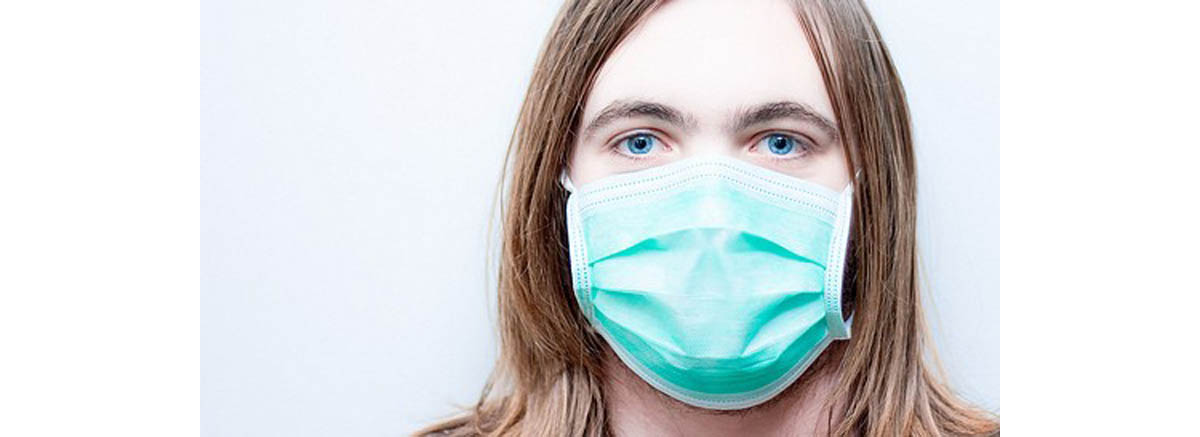Table of Contents
During the Eyjafjallajokull volcanic eruption, intrepid Icelandic geologists collected ash samples to compare with ash collected from earlier volcano eruptions in other parts of the world. Icelandic volcano eruptions, it turns out, are different than others. They are much more dangerous.

Publishing their findings in the Proceedings of the National Academy of Sciences of the USA, University of Iceland researchers reported that the ash from the 2010 explosion had especially sharp edges. The 2010 explosion's dust cloud was found to contain crystals with razor-sharp edges. Larger, visible pieces of ash displayed these dangerously sharp edges, as did the nanoparticle-sized bits of ash that reached the stratosphere over Europe. Jagged edges, of course, cut lung tissue, skin, and eyes.
Even when the scientists soaked the ash particles in a liquid solvent for weeks, they still managed to retain their infamous sharp edges. This was especially abrasive ash.
Filled with Toxic Chemicals
The University of Iceland research team also tested for poisonous chemicals in volcanic ash. They found that the ash cloud contained aluminum, arsenic, and fluorides. These toxic chemicals reacted with rain drops and "hitched a ride" on other sources of dust, such as sand blowing up from the Sahara or the particles released from forest fires, also a major problem in much of Europe later that year.
European public health officials simply were not aware of the potentially deadly effects of Iceland's volcanic ash, and did not take appropriate precautions by warning the public to take steps to protect themselves. It turns out, the Iceland researchers now say, that volcanic ash from Iceland poses health risks that aren't a problem, say, with ash from volcanoes in Hawaii or Italy or Indonesia or Ecuador. Icelandic volcanoes are especially dangerous to international health.
Past and Future International Health Disasters
The idea that explosions of volcanoes on Iceland could have devastating effects on public health in Europe isn't exactly new.
In 1783 and 1784 a fissure in the ground at Lakagigar (also know as Laki, literally meaning "Craters of the Lake") on the same volcano system spewed out a toxic cloud of hydrofluoric acid, and acid that is so corrosive it melts glass, and sulfur dioxide, which asphyxiates in minutes. One quarter of the human population and half of the animal population of Iceland died of asphyxiation or lingering pneumonia-like diseases. Thousands of people in Scotland and England were killed by the gas cloud. The ash blocked out the sun and caused summer snowfall in northern Europe and a catastrophic drought in southern Europe, Africa, and India. Worldwide, over six million people died as a result of this eruption.
What makes volcanic eruptions in Iceland so deadly for so many people around the world? It is a unique combination of fire and ice. Much of the island nation is covered by glaciers. Many volcanoes are covered with a permanent snow pack.
When hot magma comes in contact with ice, it solidifies in a flash. Ice quickly turns into steam, which sends millimeter- to nanometer-sized particles of ash far into the atmosphere, where the jet stream can send them to Europe, Asia, and even to Canada and the United States. The unique combination of volcanoes and glaciers makes volcanic explosions in Iceland a special danger to public health. But there are commonsense precautions anyone should take when there is a possibility of exposure to ash from any volcano anywhere in the world.
Commonsense Precautions for Volcanic Ash
Unless you live in the immediate vicinity of a volcano (as do millions of people in Italy, the northwestern United States, and all along the Pacific Ocean), you are likely to have hours or days to prepare for the arrival of volcanic ash. In the event of a true emergency, however, needed supplies may be in short supply in such an emergency situation, as people everywhere run out to buy personal protective equipment.
Here are critical steps for volcano preparedness to prevent permanent health problems:
- Avoid activity outdoors when there is a volcanic dust cloud--even if the skies are clear.
- Use a face mask or at least a damp cloth to keep dust out of your nose and throat when you must go outside.
- Don't run engines during ash fall. Ash quickly fills up air filters and permanent damage to motors ensues.
- Be sure to wear breathing protection during cleanup, after the ash cloud passes.
- Take off shoes when you enter your home, to avoid introducing abrasive, fine particles of ash into the air you breathe indoors.
What are the chances you will have to deal with fallout from an Icelandic volcano in your lifetime? If you live in Europe or Asia, the chances are you will have to deal with the after-effects of a volcanic explosion in Iceland every 10 to 20 years.
The next "big one," however, is overdue. Taking prudent precautions now may prevent years of respiratory illness later in the event of another volcanic explosion in Iceland.
- Carlsen HK, Hauksdottir A, Valdimarsdottir UA, Gíslason T, Einarsdottir G, Runolfsson H, Briem H, Finnbjornsdottir RG, Gudmundsson S, Kolbeinsson TB, Thorsteinsson T, Pétursdóttir G. Health effects following the Eyjafjallajokull volcanic eruption: a cohort study. BMJ Open. 2012 Nov 8.2(6). doi:pii: e001851. 10.1136/bmjopen-2012-001851. Print 2012.
- Gislason SR, Hassenkam T, Nedel S, Bovet N, Eiriksdottir ES, Alfredsson HA, Hem CP, Balogh ZI, Dideriksen K, Oskarsson N, Sigfusson B, Larsen G, Stipp SL. Characterization of Eyjafjallajokull volcanic ash particles and a protocol for rapid risk assessment. Proc Natl Acad Sci U S A. 2011 May 3.108(18):7307-12. doi: 10.1073/pnas.1015053108. Epub 2011 Apr 25.
- Photo courtesy of buz_flickr on Flickr: www.flickr.com/photos/buz_flickr/4144186670
- Photo courtesy of gnuckx on Flickr: www.flickr.com/photos/gnuckx/5992174635


Your thoughts on this